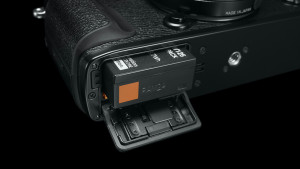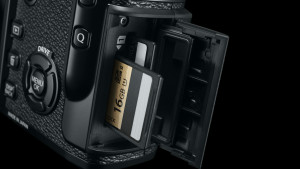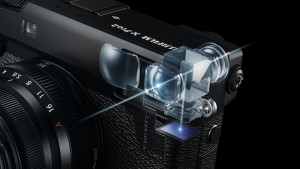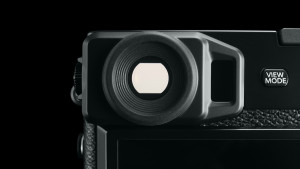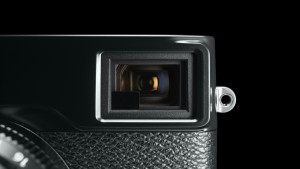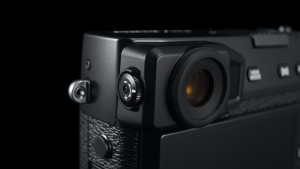Fujifilm announcements:
X-Pro2 – X-Pro1 vs X-Pro2 – X70 – X-E2s and X-E2 firmware 4.0 – XF 100-400mm f/4.5-5.6
It took 4 years for Fujifilm to update the inaugural model of the interchangeable X series, the X-Pro1. There are probably many reasons for this but one thing is clear: during these four years, Fujifilm tried to analyse the market, listen to user feedback, improve features such as the sensor and AF performance, and understand what kind of products would be the most successful with photographers. The popularity of the X-T1 definitely changed some of their plans but today we have proof that the company didn’t forget about the camera that started it all.
So, with that said, let’s have a look at the characteristics of this exciting new camera!
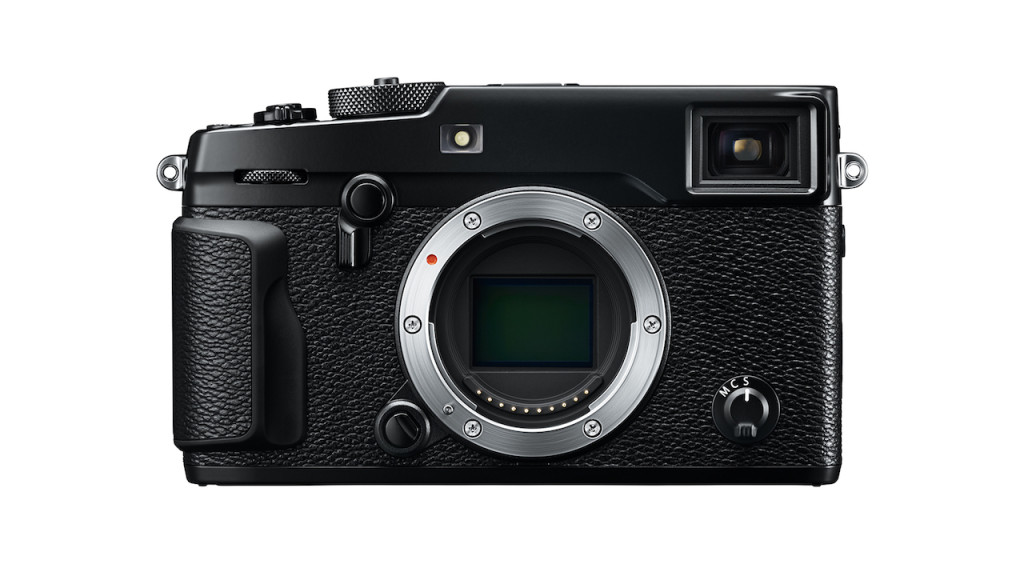
From the outside the X-Pro2 doesn’t look so different from its predecessor. It is only slightly heavier (495g vs 450g) and larger (but we’re talking about a few millimeters). It is made of four pieces of magnesium alloy, is weather sealed against dust and water and is freeze proof down to -10°.
There are some changes in terms of the button layout. On the front there is a small command dial in addition to the EVF/OVF lever, the Focus Mode Selector and the lens release.
On the rear all the buttons have been moved to the top and right areas of the camera. The thumb rest is slightly longer and has been re-designed to be more comfortable. There is a new AF joystick, similar to the one found on the Leica SL, which is a very welcome addition. Having this feature means you don’t have to use the arrow pad (or D-Pad) to change the focus point.
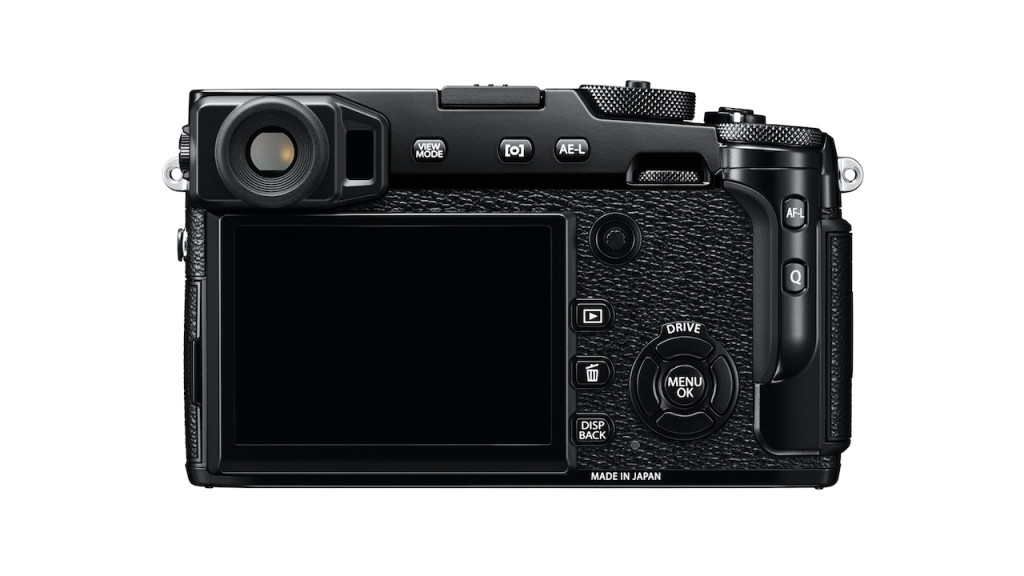
On top the X-Pro2 has an exposure compensation dial that works in 1/3 Ev steps for a maximum of -+3 Ev. The shutter speed dial has a secondary dial inside to control the ISO. This type of dual dial is similar to those you used to be able to find on film cameras. There is also a Fn button.
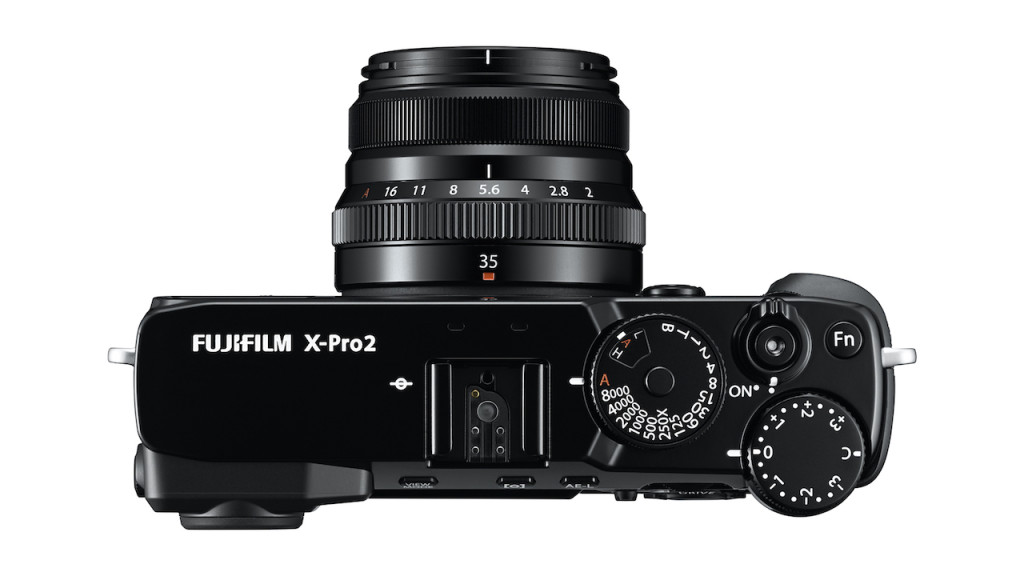
The X-Pro2 becomes the second mirrorless camera to feature a dual SD card slot with UHS-II compatibility. Note that only Slot 1 is UHS-II compatible. You can decided to how to organise your photos by either filling the second card once the first is full, backing up your photos in the second slot or saving the Raw files on one and the JPGs on the other (as you can do with professional DSLRs). The battery type remains the same (NP-126) and the lifespan is 250/350 shots according to the official specs.
Like the X-Pro1 and X100 series, the Fujifilm X-Pro2 features hybrid viewfinder technology that allows you to switch between optical and electronic with the dedicated lever on the front. The OVF has slightly more coverage (92%) and you can also use Zone AF with it. The bright frame for telephoto shooting has been enlarged from a focal length of 60mm to 140mm, although I doubt the convenience of the OVF for telephoto lenses because of the parallax issue.
The EVF is 0.48 inches large, has 2.36 million dots, a magnification of 0.59x, a time lag of 150ms and a frame rate of 85fps (when set to High Performance). This makes it the fastest refresh rate speed for an EVF on the market (to give you a reference, the X-T1 has 60fps). The camera also has the ERF (Electronic Rangefinder) introduced on the X100T but now it offers 3 levels of magnification. On the side of the EVF there is also a new diopter dial. The LCD monitor on the rear is 3 inches large with 1.62 million dots. Unfortunately it is fixed and cannot be tilted or flipped.
On the inside, the X-Pro2 is a new camera entirely. It is the first Fujifilm X camera to feature the new 24MP X-Trans CMOS III sensor. Like the previous generation, it has a unique random colour filter array to reduce moiré and false colours without the need for an optical low-pass filter. The image processor is also new and is called X-Processor (formerly EXR III). Fujifilm says it is 4x faster than the previous processors.

The native ISO range goes from 200 to 12800. Extended values are available in both RAW and JPG (pull 100, push 25600 and 51200). Fujifilm also expanded the Noise Reduction range (±4) and highlights/shadows can be adjusted from -2 to +4. The Raw format is 14bits and is available with uncompressed (50MB average) or lossless compressed (30MB average). There is a new monochrome Film Simulation mode called ACROS in addition to all the other film simulation modes seen on previous X cameras. There are 13 creative filters and a new Film Grain Effect mode with two levels (weak and strong).
The autofocus system is also completely new. The X-Pro2 sports 273 AF points and the 169 central points are phase detection points. You can select the single focus point within two AF groups: 77 points (7×11) or 273 points (13×21). Zone AF can be used with three different groups (3×3 / 5×3 / 7×7) within the 77 central phase detection points. Wide/Tracking is also available.
Other interesting specs include a fast speed of 1/8000s with the mechanical shutter and 1/32000s with the electronic shutter (which is also totally silent). The fastest speed for flash is 1/250s.
The menu system has been redesigned so that it is easier to navigate. You now have different icons that clearly relate to the various settings. For example, all the settings related to image quality are found in the I.Q. menu. You can also save all your favourite settings in a new section called “My Menu”. There are also three Power Management settings: “High Performance“, “Standard” and “Economy“.
Video capabilities include Full HD and HD ready (720p) up to 60fps. This is one of the only aspects that hasn’t received a substantial update over other recent Fujifilm cameras.
The camera also has Wi-Fi capabilities that can be used for several things including remote shooting. Fujifim also launched a new version of the Camera Remote app that supports all cameras with Wi-Fi. Interval shooting is present. AE Bracketing has been improved with a maximum of ±2Ev.
The Fujifilm X-Pro2 will be available in February 2016 at the retail price of £1700, €1830 and £1350.
Below you can check out a few official sample images (click to open the full res version) and interesting hands-on videos.






Hands-On by X-Photographer Max De Martino
Hands-On by The Camera Store and X-Photographer Nathan Elson

